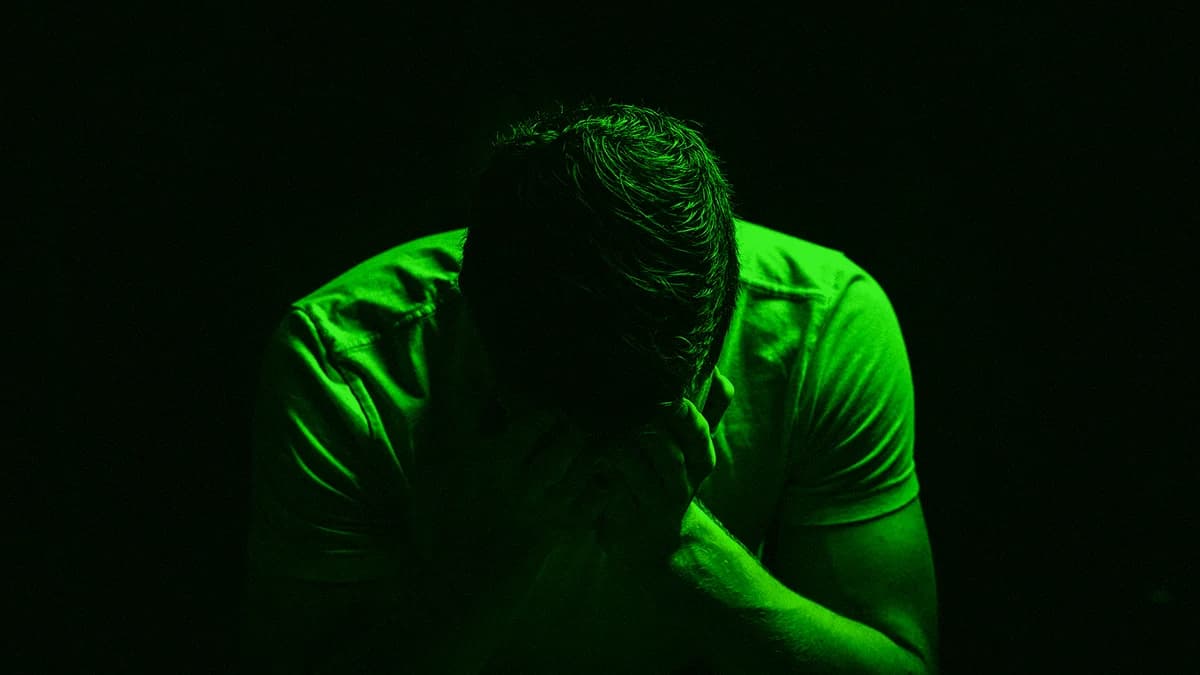PTSD is more than reliving a traumatic event
18. oktober 2023 kl. 09:28 · 3 minutter å lese

As the name suggests, Post Traumatic Stress Disorder (PTSD) is a condition that arises after experiencing or witnessing a traumatic or frightening event.
Depending on the impact that the event has on a person and how they cope with it, the effects can last months, years or even decades. Probably the most well-publicised form of PTSD is that experienced by soldiers after experiencing combat, but it is certainly not exclusive to this situation.
Symptoms
The symptoms of PTSD often involve some sort of involuntary ‘re-living’ of the event, though they are generally divisible into distinct categories.
Some of the more noticeable symptoms of PTSD involve intrusive thoughts and memories of the event. This might include:
- Strong emotional reactions to stimuli related to the event
- Flashbacks of the event - feeling as though one is ‘reliving’ it
- Sleep issues (such as recurrent, upsetting dreams related to the event)
Often people will avoid places or things that might remind them of their experience and be reticent to talk about it.
Along with this frequently come emotional changes and deterioration in mood. This might mean overly negative thoughts about themselves, others and an undue pessimism about the future. This can result in increased difficulty in maintaining relationships and previous interests.
Because of this, PTSD can result in noticeable changes to people’s emotional and even physical reactions to the world around them. They might seem to be:
- Hyperaware - as if on the lookout for danger
- More easily startled or frightened
- Irritable, and potentially more withdrawn as well
- More likely to engage in self-destructive or risky behaviour
Symptoms can occur within weeks and months of an event, but can sometimes arise years afterwards - seemingly out of the blue. PTSD also shares many common traits with anxiety as the body is pushed into a kind of fight-or-flight mechanism by the stimulus of reliving terrifying life events. These can include:
- Intense worry, restlessness, and dread
- Trouble with concentration or sleeping
- Feeling faint, dizzy, or heart palpitations
PTSD can often lead to other complications and increase someone’s risk of experiencing other mental disorders such as depression or substance misuse issues. The intensity of these issues can vary over time and can be triggered by other subsequent, less extreme events. For example, periods of high stress can exacerbate symptoms, or small, sometimes even seemingly innocuous sights and sounds can function as reminders of the initial event.
Treatment
Treatment for PTSD can take different forms, sometimes involving medication, sometimes not. Some form of talking therapy is usually recommended regardless. The more common options being Cognitive Behavioural Therapy (CBT) and Exposure therapy - again depending on the context.
Unfortunately, having unpleasant experiences, even mildly ‘traumatic’ ones is an unavoidable fact of life. It’s normal for these to affect us for a few days after an event, perhaps even a few weeks. For some people, these will rectify themselves and gradually disappear over time.
However, if these thoughts become intrusive and more long lasting it may be worth seeking professional help. In such cases it is important to see a licensed psychologist as conditions like PTSD can be complex and require expertise to treat.

